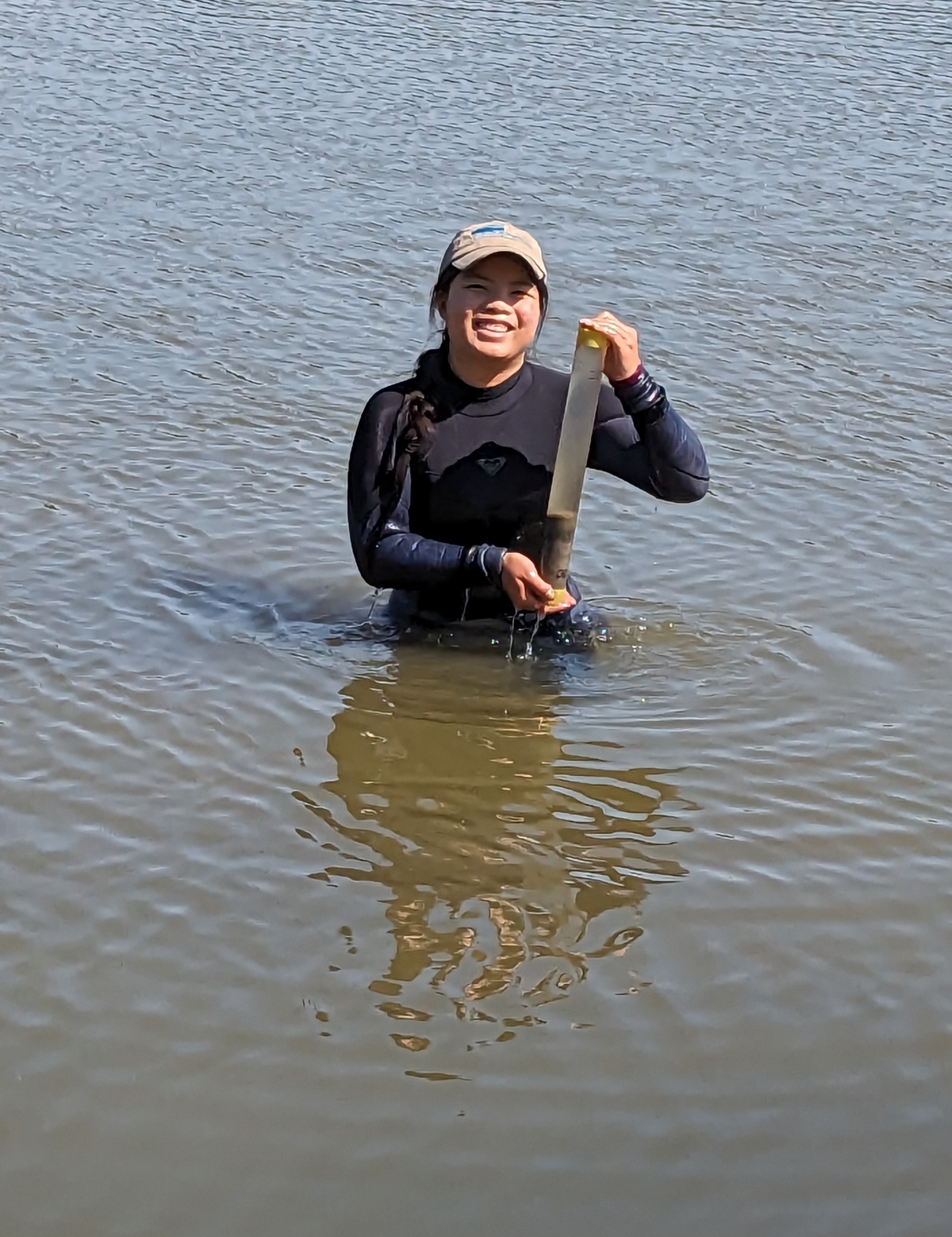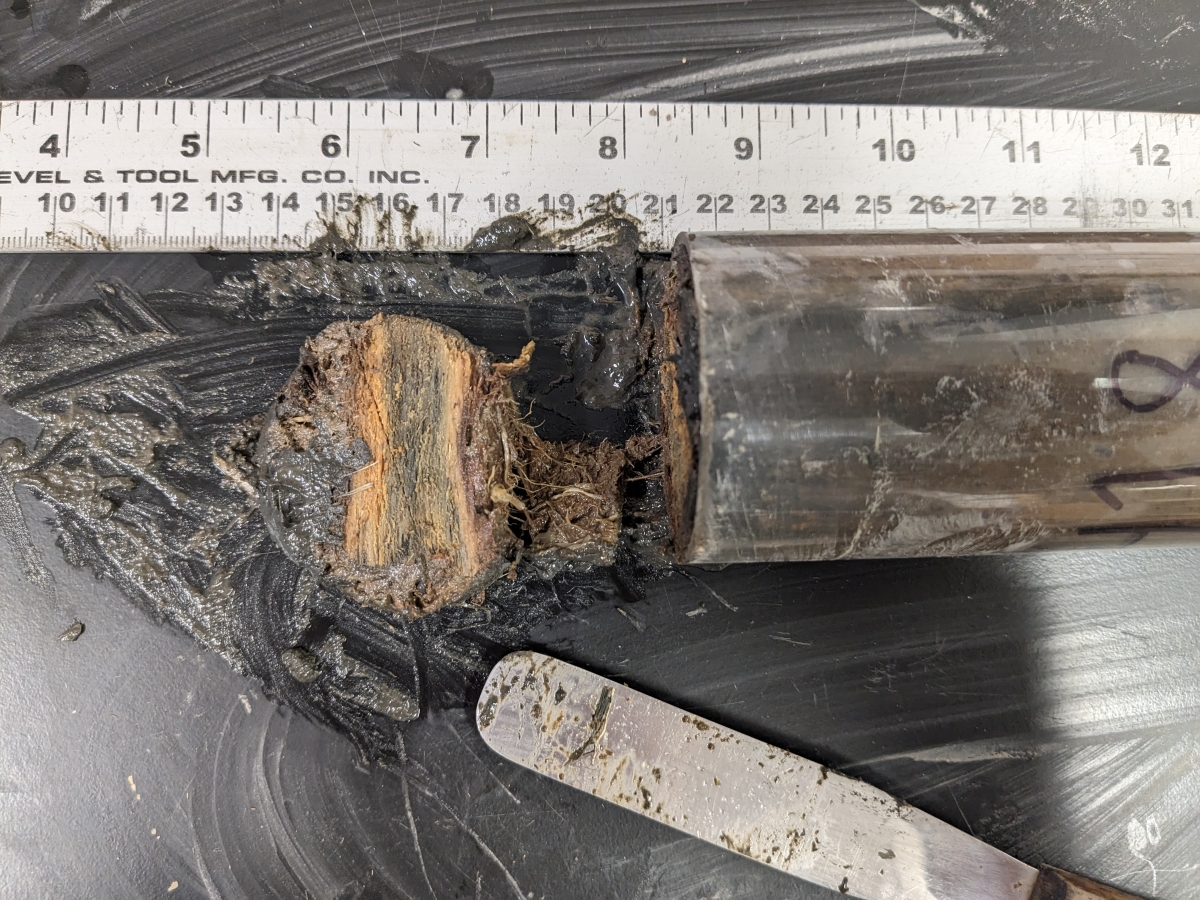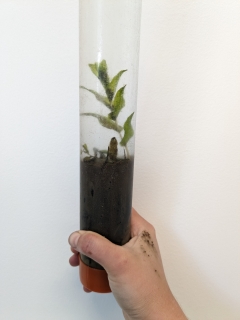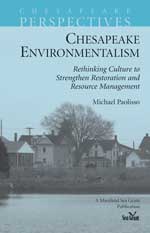Knauss legislative fellowships in Congress help build careers — and they're fun and educational. See our video and fact sheet for details.
Sediment Coring 101
Sediment cores are time capsules of information. Coring is a powerful tool that is commonly used in environmental science and geology. Cores have layers of sediment that can be separated based on physical appearance, such as obvious changes in color or texture. Changes throughout the core in sediment characteristics like grain size and mud content tell the story of sediment dynamics in the overlying water column over time and can shed light on how sediment moved in the past. Generally, the longer the core, the greater the time you can study.
Just as there are many ways to cut a cake, there are many ways to take a core sample. You can use a meter-long Russian corer, which is usually used to sample peat layers in a wetland. For more compacted sediments, like those in agricultural fields, researchers often use a T-shaped stainless-steel corer to take a small core about 2 inches in diameter. Here in the Palinkas sediment lab at the University of Maryland Center for Environmental Science, we use one of the simplest types of coring equipment: a hard, plastic tube with removable end caps. This is also known as a push-core.
The living shorelines where we usually take our core samples are filled with many types of plants and sediment conditions. The push-core method is suitable for nearly all types of sediments, but cannot handle large rocks, as they will crack or break the core tube.

Take a core sample with us!
To take an underwater core, wear a bathing suit beneath a swim skin or wetsuit with long sleeves. The swim skin or wetsuit offers some insulation against cooler water temperatures and protects you from the sun’s harmful ultraviolet rays.
As you wade gently through the water, making sure to not trip over submerged rocks or your own feet, make your way further into the underwater zone. You hold two caps in one hand and the push-core in the other. When ready to take your core, locate a spot where you haven’t stepped or recently disturbed the sediments. This is important because the core is supposed to be representative of the natural processes occurring in the water, and your disturbance isn’t considered natural.
Without going completely underwater, position one end of the push-core against the sediment and push it firmly into the sediments with your hands. You want to get at least 4 inches of sediment in the core, but it is often hard to see how much you have in the tube due to poor water clarity. When you think you have a decent amount of sediment, put the top cap on the core and hold it in place while you slowly pull the push-core out of the sediment. The top cap creates suction that helps hold the sediment in the core. If you don’t put the top cap on, all of the sediment will slip out of the instrument and you will have to try again.
Once the entire core has been extracted from the sediment, quickly place the bottom cap on the core and hold it vertically as you pull it out of the water. This is important because you do not want to tip the core sideways and disturb the sediment layers. Voilà! You have successfully taken a sediment core.
Now, repeat the process 30-40 more times throughout the living shoreline site! Coring in one location provides a wealth of information, but taking many cores throughout a site allows you to draw conclusions about the similarities and differences between the sampled locations.

Once you have your cores, take them back to the lab and section them. We use roughly half-inch increments to cut each core into round sections, which look a bit like cookies. For cores collected underwater, you will first need to pump the water out of the core using a syringe and tubing. Then, lay the core on its side on the lab bench next to a long ruler. Push out about half an inch of the core at a time and cut it with a tool that looks like an icing spatula for cake. This creates a thick round of sediment that resembles a chunky but unappetizing cookie. Each core is sliced up into at least four cookies, and sometimes as many as ten.
A nickel-size amount of sediment from each “core cookie” is weighed, dried, ground, sifted, and weighed again. This gives us information about the sizes of sediment and the percentage of mud and sand grains in the sample. Using this information, we learn about the recent (up to 20 years) geological history of the site, and indirectly how wave energies at the site may have changed over time. Larger particles, like sand, require more energy to move, while smaller mud particles are easier for water to move. In samples with lots of mud, we know that there was likely a period of low wave energy that allowed the mud particles to fall out of the water column to the sediment bottom. As more and more core samples are processed, we can see how wave energy in the system and grain sizes may have changed over time. From sampling to analyzing sediment cores, it takes many dedicated hours to learn from these time capsules.
Top left photo: An example of a push-core collected in the subtidal zone, featuring a lucky capture of some submersed aquatic vegetation. Photo: Erika Koontz
See all posts to the Fellowship Experiences blog


